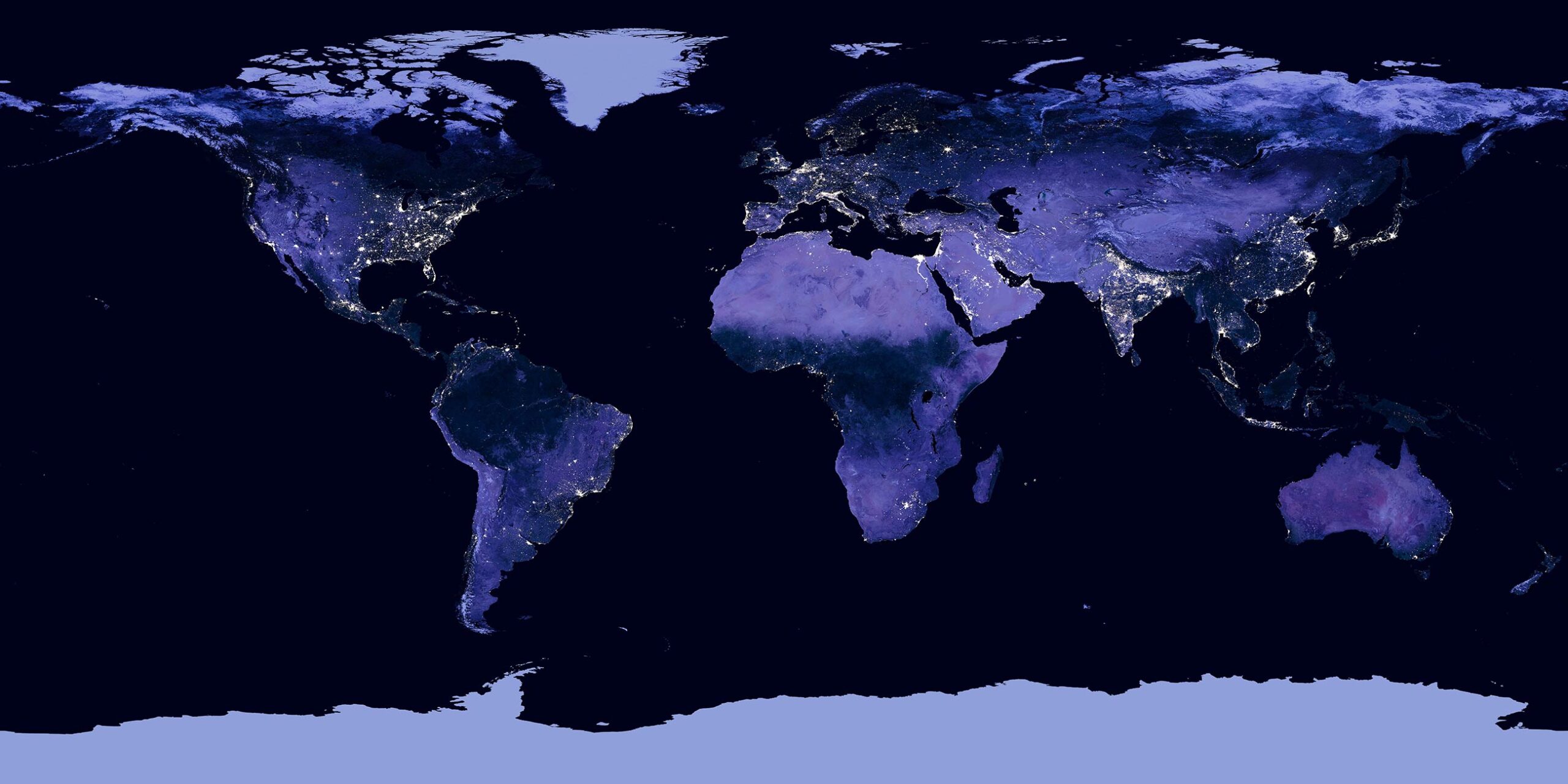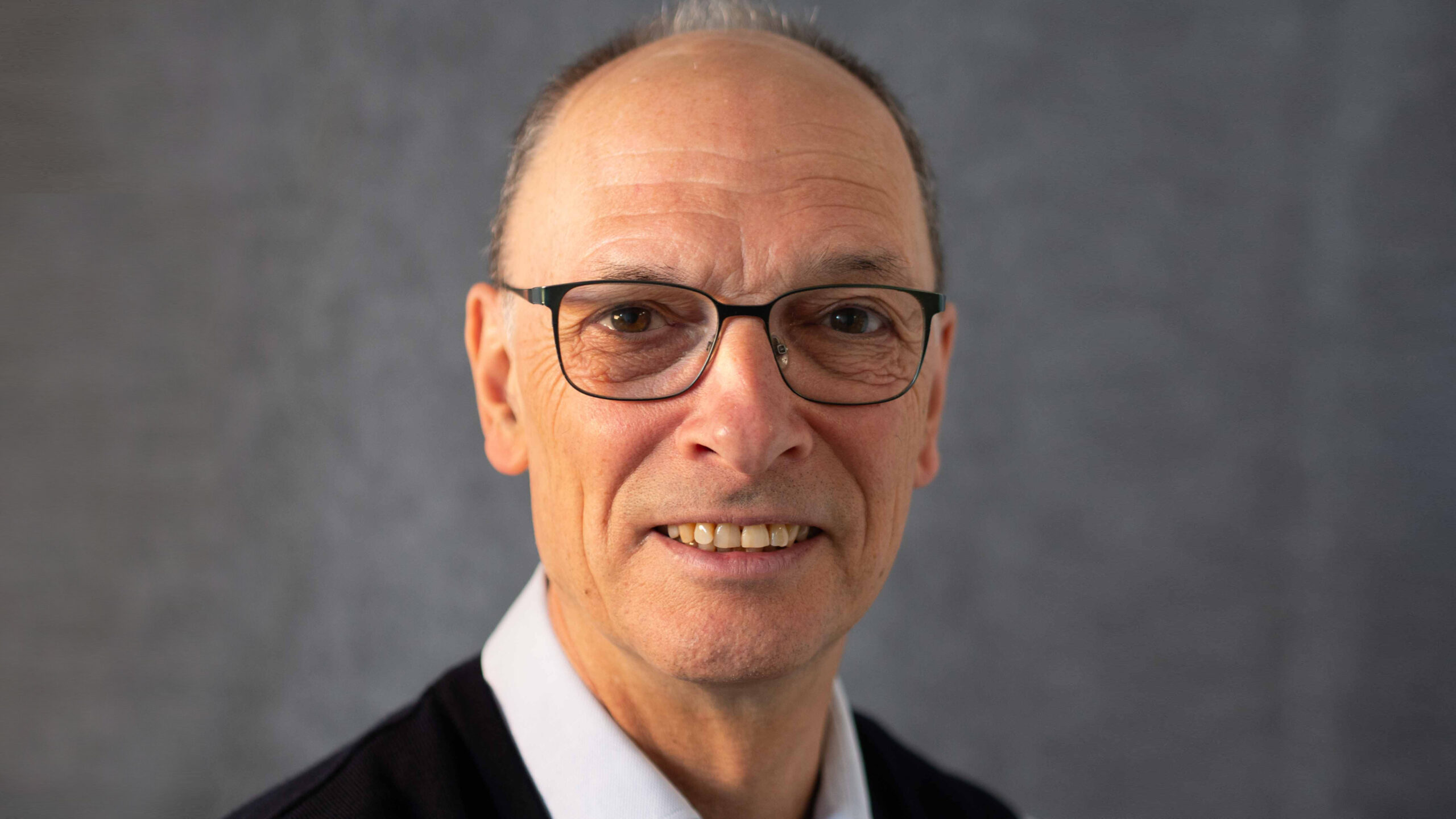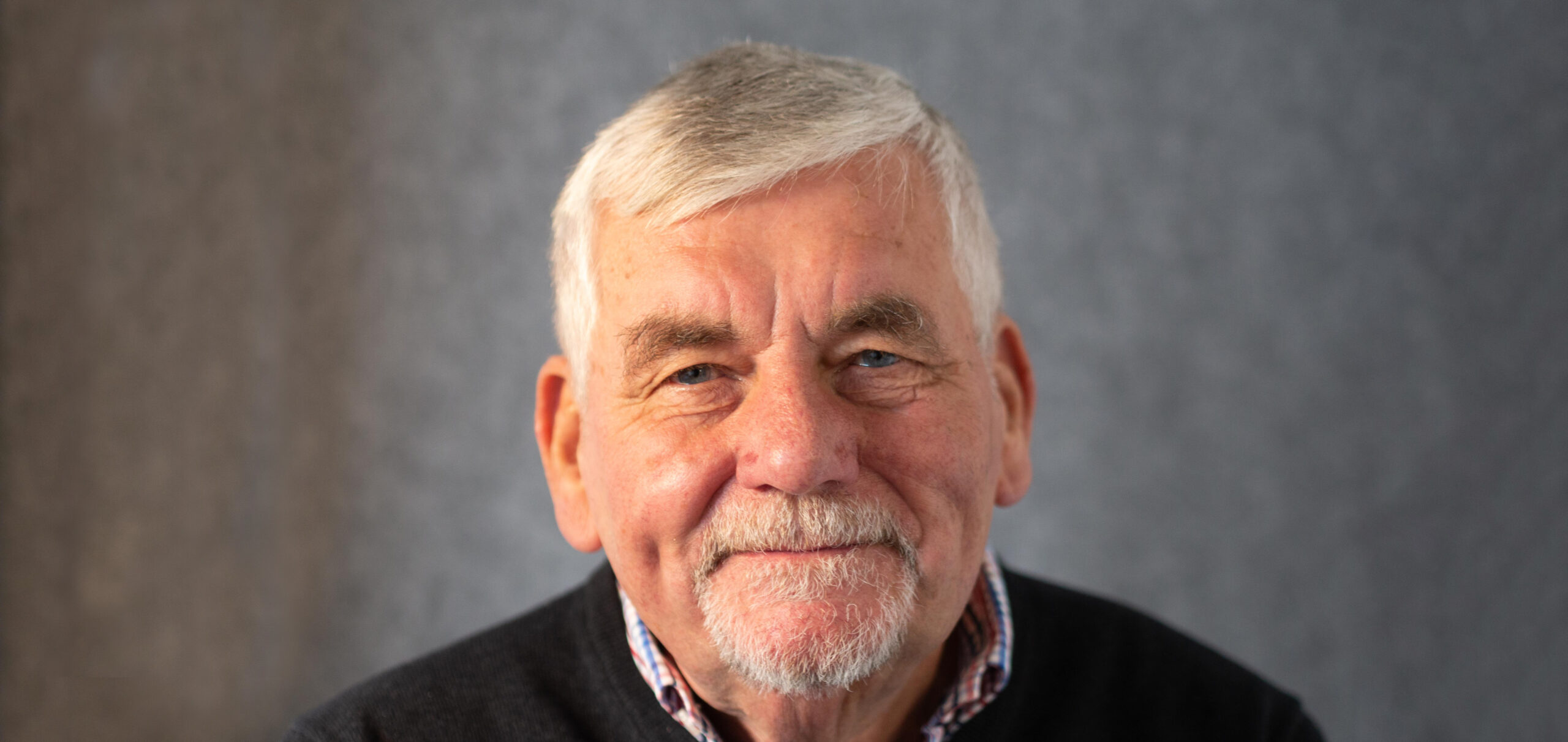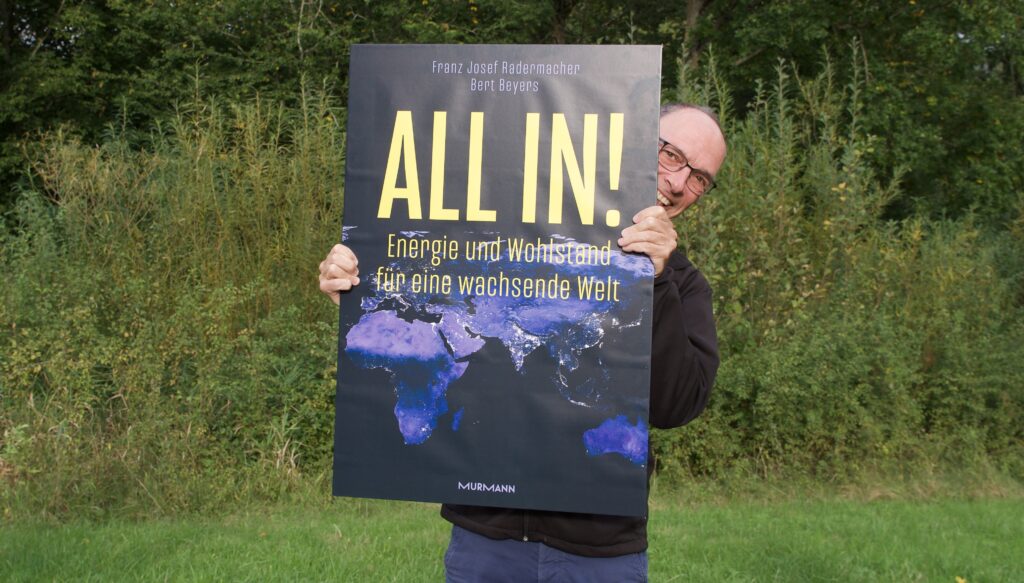At this point, some news of the last few weeks will be addressed which, from GES’ point of view, are reason for hope because they contain building blocks of a possible global solution and / or could help to develop a realistic view of the challenges ahead of us.
Over the next five years, at least three large-scale carbon capture plants2 are to be built in Germany – in cement and lime production and at a waste incineration plant. According to the FAZ, the German government’s carbon management strategy is taking shape. The CO2 pipeline network is to reach 4500 kilometres by 2045. In the meantime, the German government has set out to revise the Carbon Dioxide Storage Act.
According to studies by McKinsey, carbon capture and storage could save major German emitters 150 million tonnes of CO2 per year – around a quarter of German emissions. At a CO2 price of around 100 to 160 euros per tonne of CO2 , the process would be economically viable.
In Hamburg, the company Quest One has opened a production facility for electrolysis stacks for the production of green hydrogen. The stacks are now produced in series, saving 75 per cent of production time. The company is investing around 500 million euros in the site. Stacks with a production volume of one gigawatt are to be produced by 2025, followed by five gigawatts per year by 2030.
According to the Norwegian energy company Equinor, there will now be no pipeline to export blue hydrogen to Germany after all. The project is too expensive. Norway now wants to ship natural gas to the Netherlands, capture the CO2 there and feed the resulting blue hydrogen into the German hydrogen network.
According to SPIEGEL, the Federal Environment Agency (UBA) wants to cancel dozens of climate projects in China. “Our aim is to reverse all 45 suspicious China projects,” said UBA head Dirk Messner. The projects are under “very strong suspicion of fraud”. GES sees this as a sad development, as it threatens to cast doubt on the urgently needed international cooperation.
The head of the International Energy Agency Fatih Birol (IEA) has described the decommissioning of Germany’s nuclear power plants as a strategic mistake. “If the technical conditions were right and if it were safe and feasible, I would consider restarting them (the German government, editor’s note) if I were them.” Birol is sceptical about new reactor projects in Germany.
In its new Global Hydrogen Review 2024, the IEA is sceptical about the expansion of plants for the production of low-carbon hydrogen. There is currently a global capacity of 0.7 million tonnes per year (Mtpa). This could become 4 Mtpa by 2030 – significantly less than the envisaged target of 11 Mtpa.
The UK was the first western industrialised country to abandon coal-fired power generation. 100 years ago, almost all electricity on the island was generated by burning coal. There are now many alternatives: Gas from the North Sea, wind power and nuclear energy, which the UK continues to cling to. In Germany, coal is to be phased out gradually by 2038.
According to a report by the EU Commission, the EU still imports almost a fifth of its natural gas consumption from Russia. And the trend is rising. Russia is still the most important supplier for Austria, Hungary and Slovakia.
According to a report by the Renewables Now Network (REN21), the expansion of electricity grids is the bottleneck in the global energy transition. In 2023, 1,500 gigawatts of renewable energy worldwide were delayed due to a lack of grid capacity. This is particularly true for countries with a high proportion of fluctuating renewables (wind and solar). Denmark is currently leading the expansion with a 67 per cent share of renewables, mainly wind energy but also around 15 per cent biomass.




